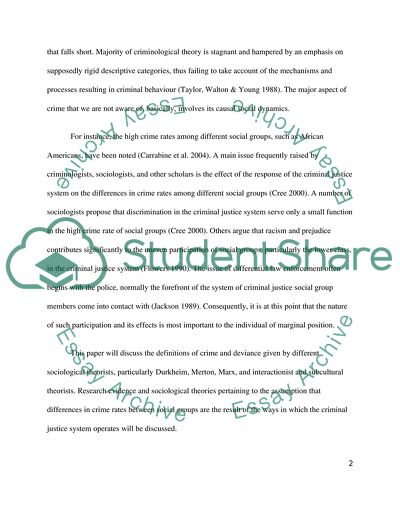Cite this document
(“Applying Sociological Theories to Explain the Effect of the Criminal Assignment - 2”, n.d.)
Applying Sociological Theories to Explain the Effect of the Criminal Assignment - 2. Retrieved from https://studentshare.org/sociology/1752625-sociology
Applying Sociological Theories to Explain the Effect of the Criminal Assignment - 2. Retrieved from https://studentshare.org/sociology/1752625-sociology
(Applying Sociological Theories to Explain the Effect of the Criminal Assignment - 2)
Applying Sociological Theories to Explain the Effect of the Criminal Assignment - 2. https://studentshare.org/sociology/1752625-sociology.
Applying Sociological Theories to Explain the Effect of the Criminal Assignment - 2. https://studentshare.org/sociology/1752625-sociology.
“Applying Sociological Theories to Explain the Effect of the Criminal Assignment - 2”, n.d. https://studentshare.org/sociology/1752625-sociology.


